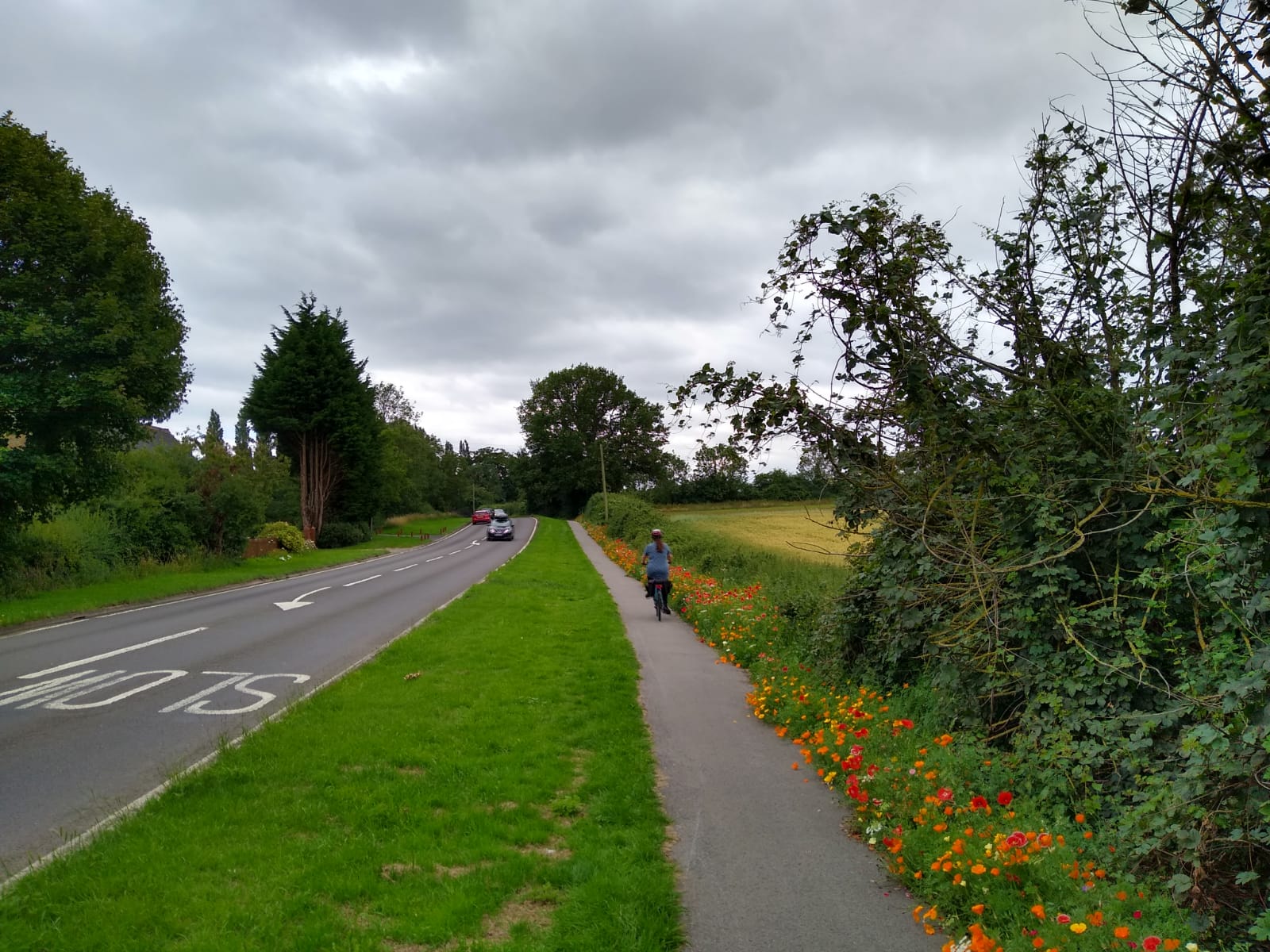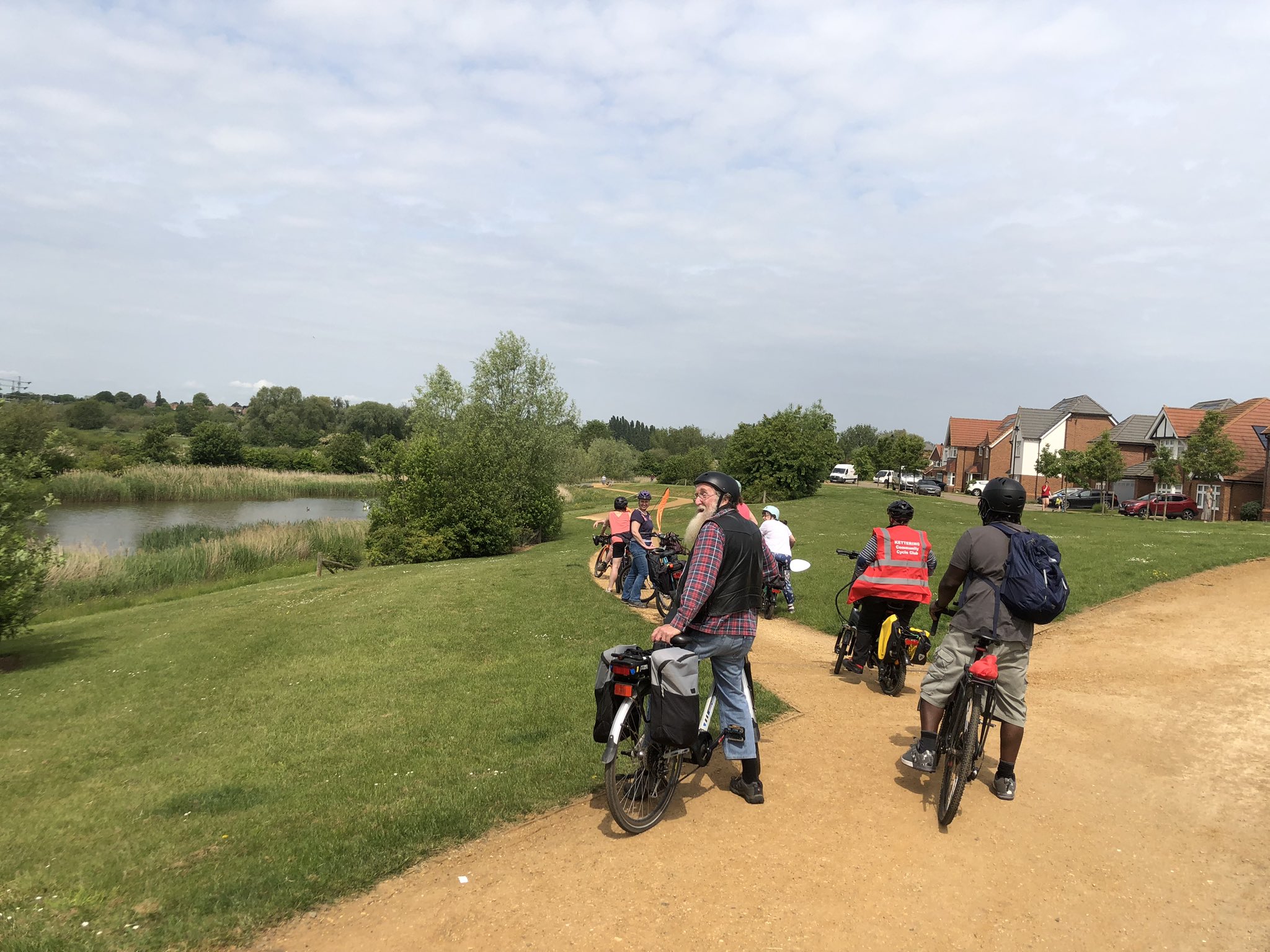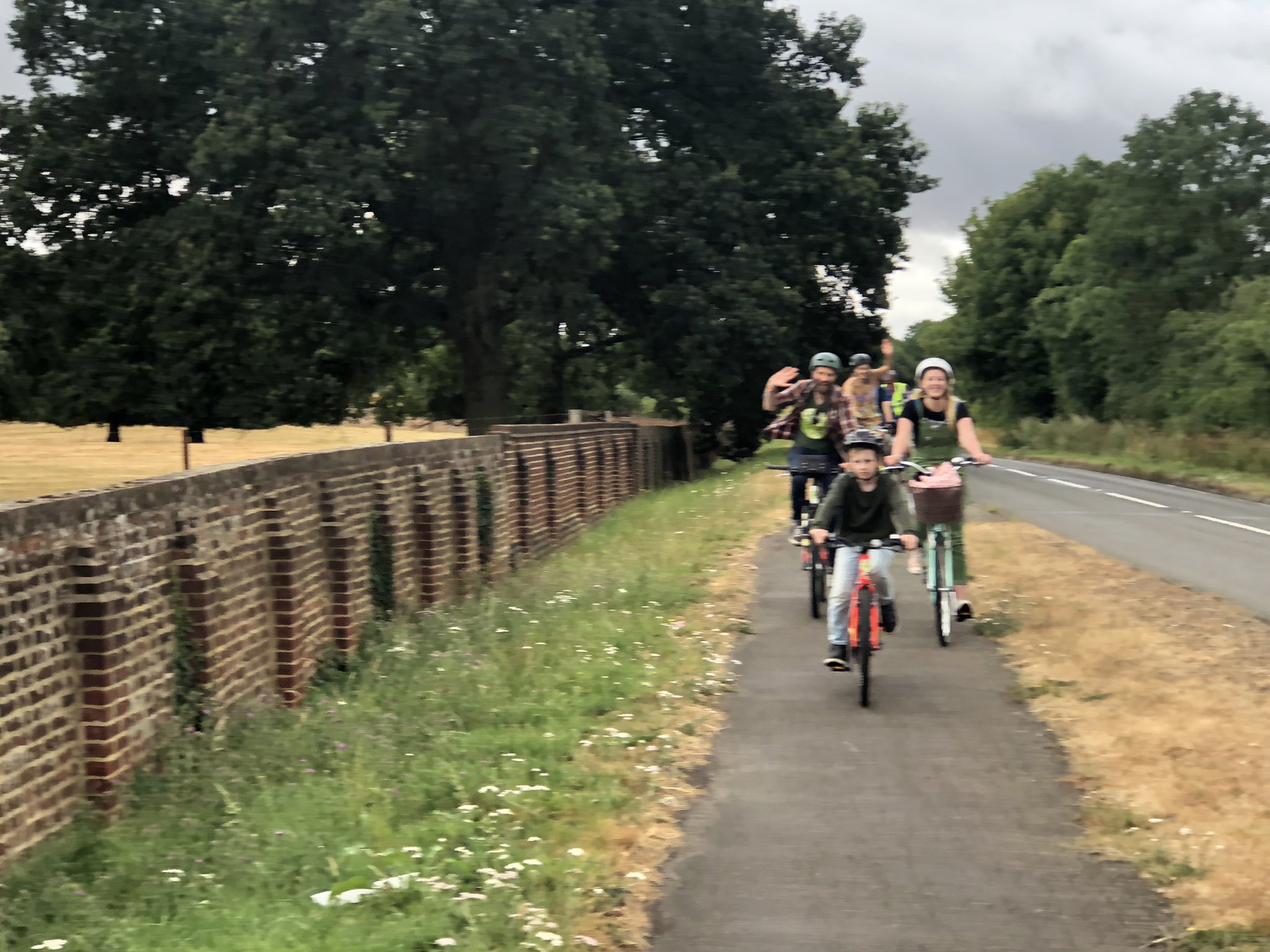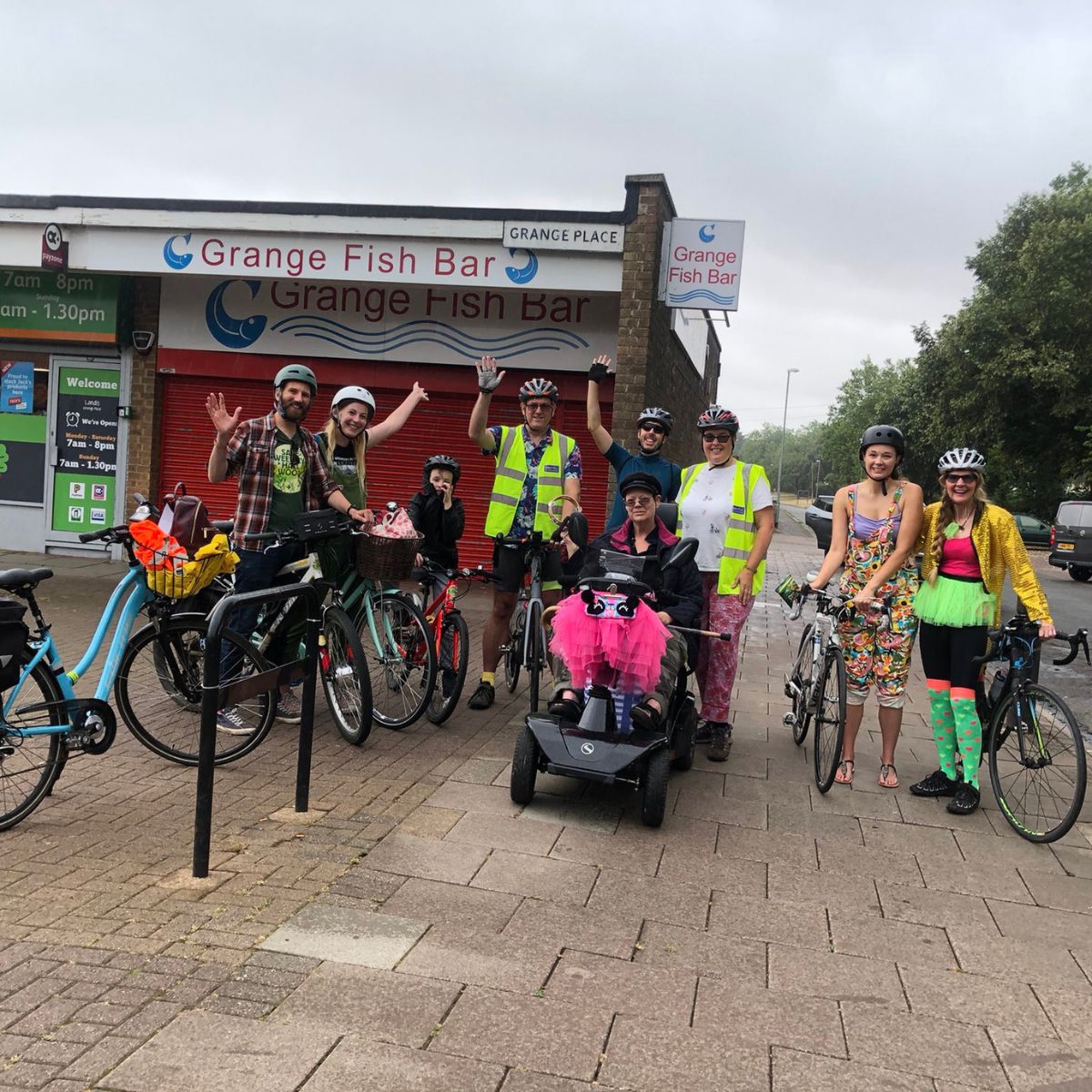Do Infrastructure Improvements Affect Our Travel Choices?

4 minute read
When the Brightwayz team are out and about chatting to people, we often hear that one of the main barriers to giving active and sustainable travel a go – or doing more of it – is the lack of infrastructure. There is some research that seems to back up this anecdotal evidence.
Recent Research
Local authorities have various options when it comes to improving active travel infrastructures. Examples include building new cycle routes and redeveloping existing ones, installing additional footpaths, such as alongside riverside walks, pedestrianising town centres, instigating low-traffic areas, and rebranding existing cycleways and shared routes to improve public awareness.
Results of a five-year travel survey conducted in Outer London suggest that adopting one or more of these options is associated with an increase in walking and cycling, less time spent travelling by motor vehicle and a decrease in the need or desire to own a car.

Gathering Data
It can be relatively easy to tell if there is much take-up of a new cycle path; you simply have to stand there and count people as they ride past. However, you can’t tell whether these are cyclists who have taken up active travel as a result of the new path, or seasoned cyclists who are simply taking advantage of an extra route. In addition, pedestrians are ignored in these calculations. Does an increase in cycling or walking necessarily mean a reduction in car use? Again, anecdotally the answer would seem to be a resounding yes.
There are sophisticated protocols that statisticians use to calculate the health and economic benefits of greater uptake of active travel.2 The raw data needed is likely to include things such as whether new and continuing cyclists and walkers report improvements in their journey quality, including travel time, and their physical and mental health, whether drivers have reduced their journeys or noticed less congestion, any lessening of road traffic accidents, reduced noise pollution, improved air quality and financial benefits.
Funding Opportunities
In February 2023, a £200 million fund was announced3 by Active Travel England that local authorities could apply for to make improvements that would enable people to choose active travel. Examples included the creation of more paths in rural areas, developing safer routes for children walking to school, and improved crossings and junctions that support walking and cycling, reduce emissions and boost local economies. Funding was also available to support people in wheelchairs and mobility scooters by making street designs more inclusive.
Did it Work?
Research from the Institute for Public Policy Research (IPPR) think-tank4 concludes, ‘There is overwhelming evidence that investment in active travel infrastructure brings significant benefits . . . well-integrated active travel infrastructure can make travelling more affordable for many . . . For every £1 spent, active travel infrastructure has an average return on investment of £5.62, and these returns increase over time. In comparison, average road building returns are £2.50 for every £1 spent, while some projects realise no return on investment at all.’
The research draws other conclusions, including that shifting short journeys from cars to active travel brings improved health and wellbeing, projected to save the NHS £17 billion over 20 years.
It’s no surprise that reducing car journeys is essential to reaching net zero targets and improving air quality. THE IPPR report claims that doubling cycling and increasing walking would prevent 8,300 premature deaths and save £567 million a year through improved air quality. It also noted, ‘Cycling must increase by at least 20% by 2030 to fairly reduce car use in line with meeting the UK’s climate commitments.’



What Next?
We know, because people tell us, that individuals achieve enormous personal, health and financial benefits from adopting active and sustainable travel modes. All the more reason, then, for us each to keep doing it, as we see our neighbourhoods benefit from the cumulative effects of our choices. However, this research is also good news for the local authorities and other services providers, because it shows they are getting valuable financial and social returns on their investments in the infrastructure.
References
1 www.sciencedirect.com/science/article/pii/S2214140524000173
2 www.gov.uk/guidance/transport-analysis-guidance-tag
4 www.ippr.org/articles/stride-and-ride
Here at Brightwayz social enterprise we love to provide information and tips to help you, your colleagues, friends and family travel in safe, active, sustainable ways for everyday journeys.
Our unique range of products is here to help support your active travel campaigns and 100% of profits from sales is ploughed back to support the work we do. Take a look at our range here and find something to help you inspire others to travel in good ways.